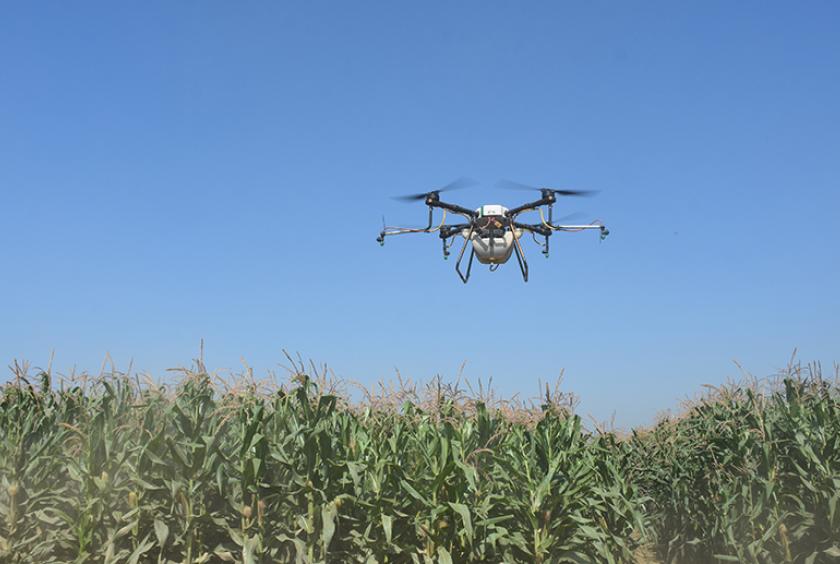
While the **5G network** promises numerous advantages, its implementation comes with several significant challenges that need to be addressed for successful deployment. Here are some of the key challenges:
1. **Infrastructure Investment**: Implementing 5G requires substantial investment in infrastructure. This includes building new base stations and upgrading existing ones to support the higher frequencies used by 5G, particularly the **millimeter-wave (mmWave)** spectrum.







The costs associated with this infrastructure development can be a barrier for many telecommunications companies.
2. **Regulatory and Planning Hurdles**: Local planning permits pose a major obstacle to deploying 5G networks, especially in urban areas where base stations need to be installed on street lamps, buildings, and other structures. Navigating the complex landscape of local regulations can delay the rollout of 5G services.
3. **Spectrum Allocation**: The availability of radio frequency spectrum is a critical issue. 5G requires more#### Challenges of Implementing 5G Technology
While 5G technology promises significant advancements in speed, capacity, and latency, its implementation faces several key challenges:
1. **Infrastructure Investment**: Deploying 5G networks requires substantial investment in new infrastructure, including base stations, cell towers, and fiber-optic backhaul. This can be a significant financial burden, especially for smaller telecom operators.
2. **Spectrum Allocation**: 5G utilizes a wide range of spectrum, including high-frequency millimeter-wave (mmWave) bands. Securing access to these spectrum resources and managing interference can be complex and challenging for regulators and network operators.
3. **Planning Permits**: The installation of 5G base stations, often in dense urban areas, requires navigating local planning laws and obtaining the necessary permits. This can be a time-consuming and bureaucratic process that slows down deployment.
4. **Security and Privacy Concerns**: The increased connectivity and data transmission of 5G networks raise concerns about data privacy and network security. Ensuring robust security measures and protecting user data is a critical challenge.
5. **Interoperability and Standardization**: Achieving seamless interoperability between different 5G network components and ensuring compatibility with legacy systems is an ongoing challenge that requires collaboration among industry players.
6. **Deployment Complexity**: The complexity of 5G networks, with their diverse use cases and requirements, can make the deployment and management of these networks more challenging compared to previous generations of mobile technology.
7. **Health and Safety Concerns**: There are ongoing debates and research regarding the potential health impacts of 5G’s higher-frequency electromagnetic radiation, which need to be addressed to allay public concerns.
**Overcoming these challenges will require a concerted effort from telecom operators, equipment manufacturers, regulators, and policymakers to ensure the successful and widespread adoption of 5G technology.**


Leave a Reply